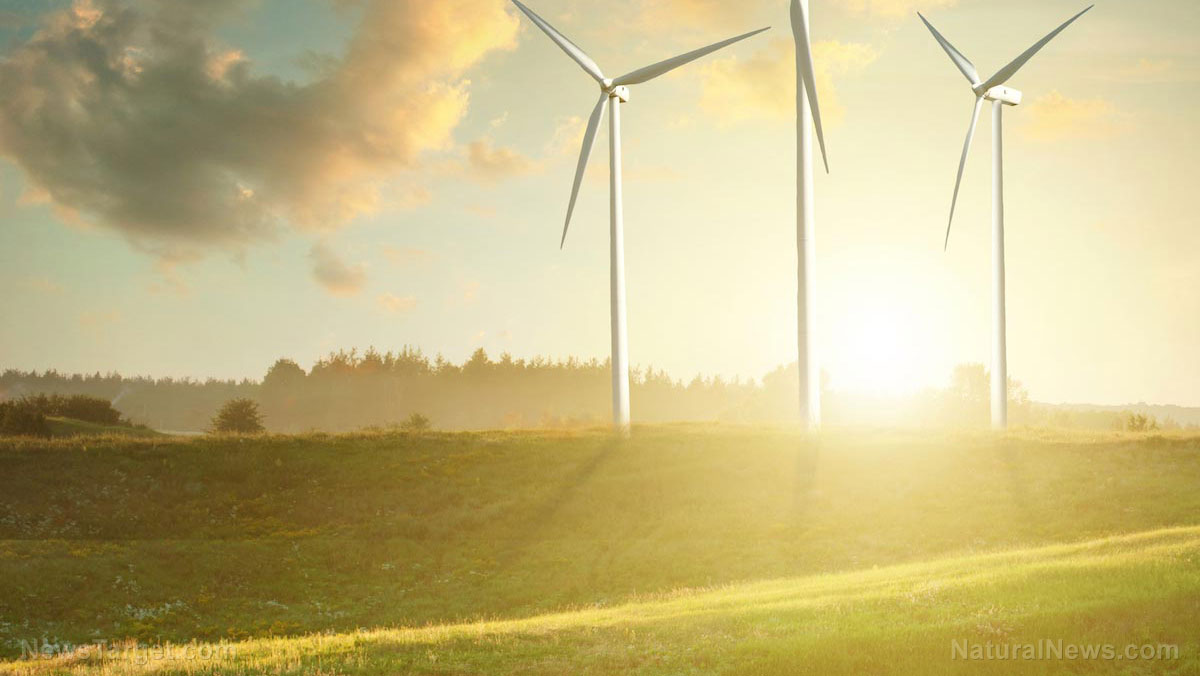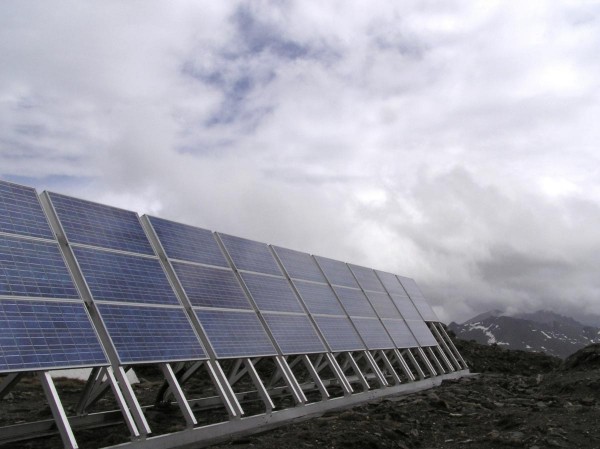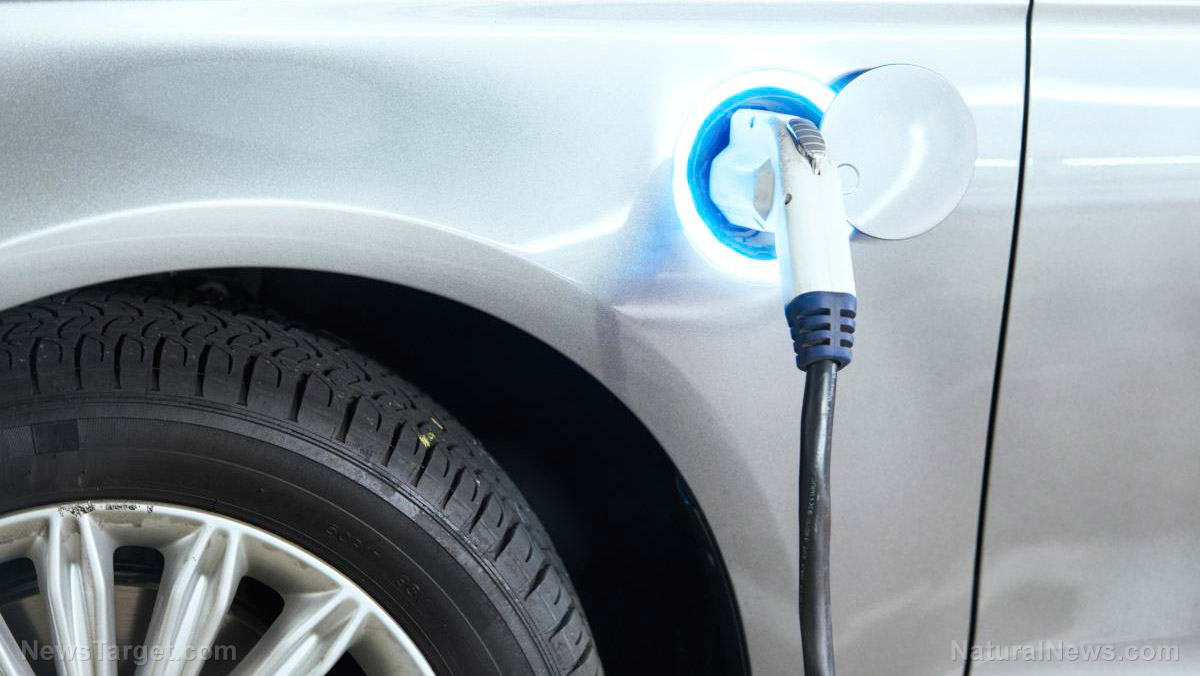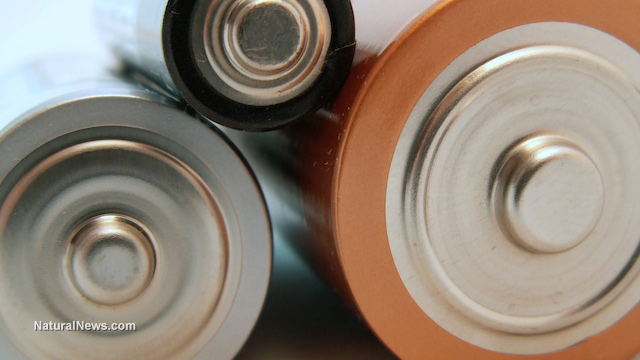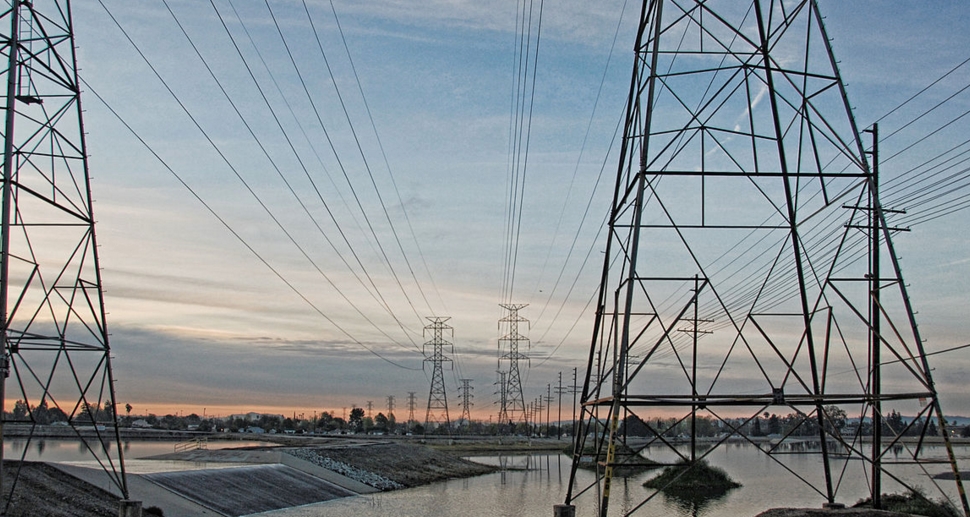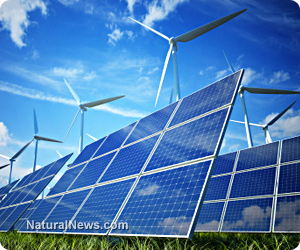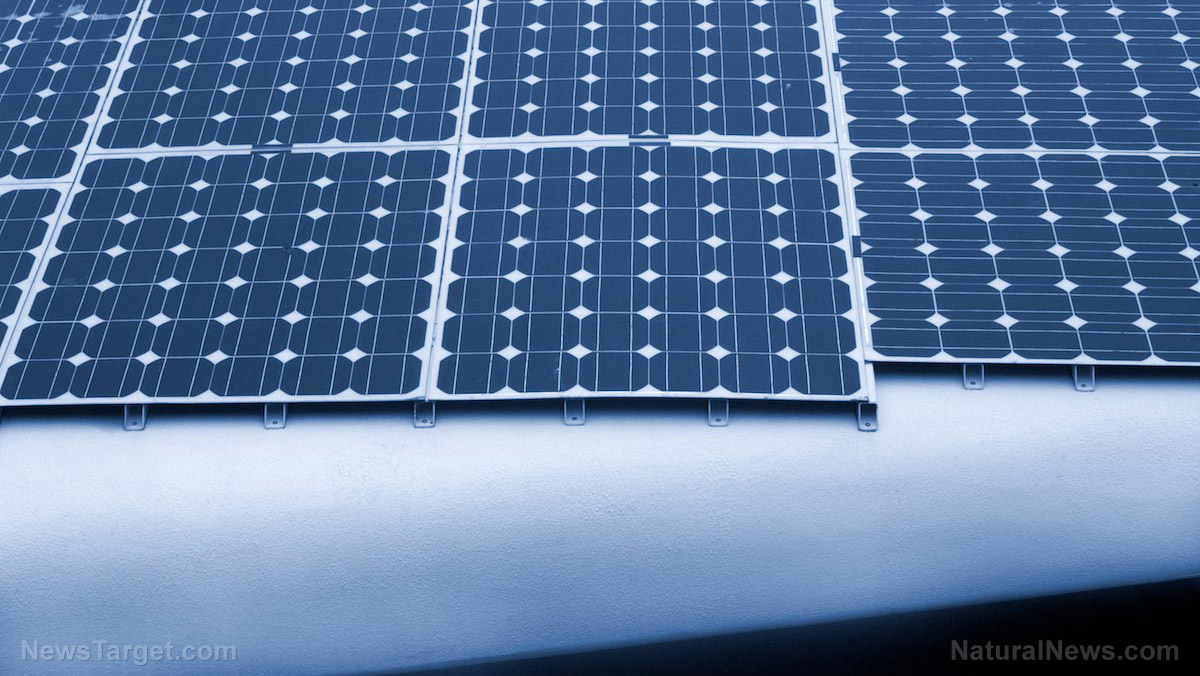It’s practically a given at this point that whenever a power plant is in operation, it is inevitably going to have at least some emissions. After all, the waste material from what’s being produced inside has to be expelled somewhere. But did you know that it’s possible for a power plant to have less than zero emissions? Indeed, as one newly-constructed power plant now shows, the world finally has its very own “negative emissions” plant in existence, and its benefits can already be seen where it is located in Iceland.
The world’s first negative emissions power plant was made possible by the world of a climate startup called Climeworks. What they did was basically re-fit an existing geothermal plant in Iceland in order to, first and foremost, remove carbon dioxide from the air. At the same time, as they removed the carbon dioxide from the air, they also managed to generate power that can be used in thousands of separate homes. Instead of letting it float into the atmosphere, the carbon dioxide is taken and safely embedded in rock, which is said to be capable of holding it for many millions of years.
[Editor’s note: Despite the propaganda by climate change alarmists, carbon dioxide is not toxic to the planet. It is a crucial source of nutrition for plants, forests and food crops. It’s also been present in Earth’s atmosphere at over ten times higher concentrations in the past, long before the Industrial Revolution. Stay informed by reading CarbonDioxide.news. “Greening” the planet requires higher atmospheric CO2, which strongly supports reforestation and plant production.]
In order to accomplish this amazing feat with carbon dioxide, Climeworks needed to partner with an ongoing Icelandic program called Carbfix, which has already been capturing excess carbon dioxide from a geothermal plant and embedding it in rock. They first tested a method — called “carbon capture and storage” — that involved coating plastic with an amine, which is said to be a chemical that is capable of absorbing carbon dioxide. Carbon capture and storage is performed by taking carbon dioxide out of the air and sequestering it somewhere underground — in this case, inside an underground rock.
According to a report on the Climeworks effort, before they were able to accomplish anything, first they needed to establish a so-called carbon-neutral power plant. This eventually ended up being the one they found in Hellisheidi, Iceland, where a public utility company called Reykjavik Energy was already running a geothermal plant. It should be noted that while geothermal plants are generally considered a clean energy source, the process of recovering heat from them releases gases. These are often a mixture of different gases like carbon dioxide, hydrogen, and hydrogen sulfide. The overall carbon dioxide is only a small amount of the total, but it’s still more than nothing.
As for the decision to store the carbon dioxide underground, it was discovered to be not only easier but also easier than most researchers first thought. It is said that once the carbon dioxide gets locked into the minerals, it won’t be able to exit and go into the atmosphere for a very long time. What’s more, the kind of minerals that are conducive to carbon capture and storage is said to be present in large deposits all over the world. They could serve as enough to hold emissions for decades or more.
The success of the Climeworks effort shows that it’s not only possible to use direct air capture and mineral storage to lock away carbon dioxide, but that it’s also practical from an economic standpoint. With enough work, perhaps the method could be made cheap enough to be viable for other locations and other types of plants with non-zero emissions in their current iterations. In any case, there’s plenty of innovations waiting to happen in this space.
Read more about events related to climate change in Climate.news.
Sources include:
PopularMechanics.com
Qz.com



